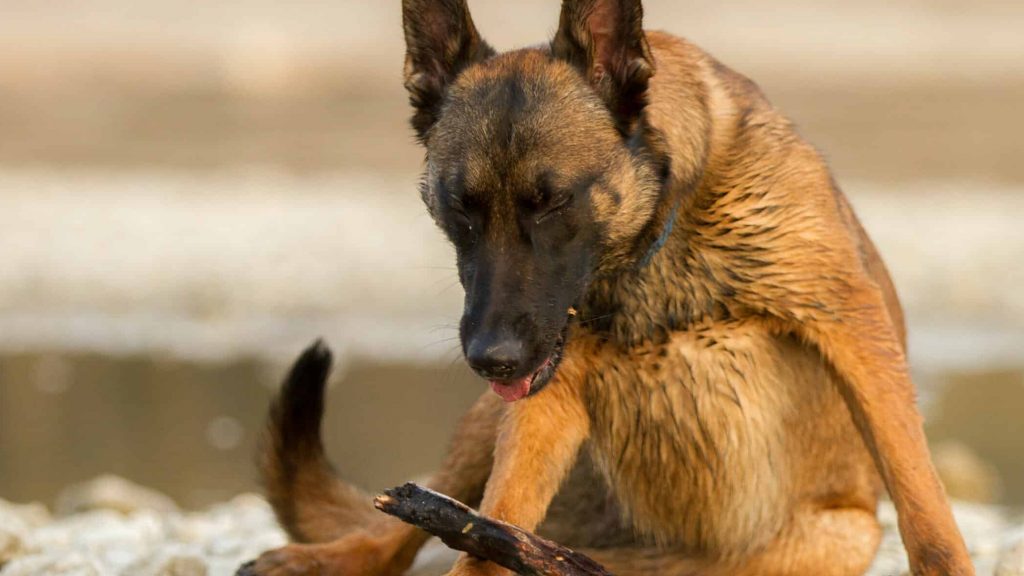
California drought
By Rhonda Stallings, DVM, Arroyo Veterinary Hospital, Sonoma, CA
What does this crazy California weather mean for our dogs? We’ve already had our first snakebite of the season in Sonoma Valley last week. This is the earliest bite I can remember.
The reason for this could be the result of the warm, dry winter, which has caused the snakes to be more active. The lack of rain has forced wildlife to forage into areas occupied by humans (and our pets) in search of food and water.
If your dog has been getting the rattlesnake vaccine, now is the time to give him the booster. If your dog has not had the vaccine and you think your dog is at risk for snake bite, you might want to consult with your veterinarian and see if it makes sense for you and your dog. A booster follows the initial vaccine one month later.
When you are hiking with your dog, be aware not only of snakes but of other wildlife, including bobcats and mountain lions, that could harm your pet. Epidemiologists have found that droughts can lead to an overabundance of mosquitoes, insects, parasites and other disease-causing organisms, so please make sure your dogs are protected from heartworm disease and ticks. Here in California, ticks can carry Lyme, Ehrlichia and Anaplasmosis.
Leptospirosis, found in water, is a bacterium that can cause renal failure and also can be transmitted to humans. It may be more of a problem with this on-again, off-again rain coming in large quantities and flushing large amounts of bacteria into our streams and ponds.
The ponds and streams of Northern California are at their lowest levels in a long time, so these bodies of water have accumulated much higher levels of toxins and chemicals than they normally would. If you allow your dogs to drink from streams, lakes or ponds, they will be at higher risk of exposure to these toxins so be careful this time of year. Carrying water is always a good idea.
Foxtails, the grass awns that get caught in our socks and clothes, are especially dangerous to your pets. This year they may be even more prolific. If your dog starts sneezing violently, or shaking her head, she may have a foxtail in her nose or ear. If she has a sore that she keeps licking on her feet or skin, a foxtail may have migrated. Check your longhaired dogs vey carefully and consider shaving them sooner this year if you usually shave them down.
A drought year brings new challenges for our pets, our environment, and us. Keep your eyes open and your pets safe. Keep your pets on a heartworm, flea and tick preventative, and make sure their vaccines up to date. We can all get safely through the drought if we’re prepared!






